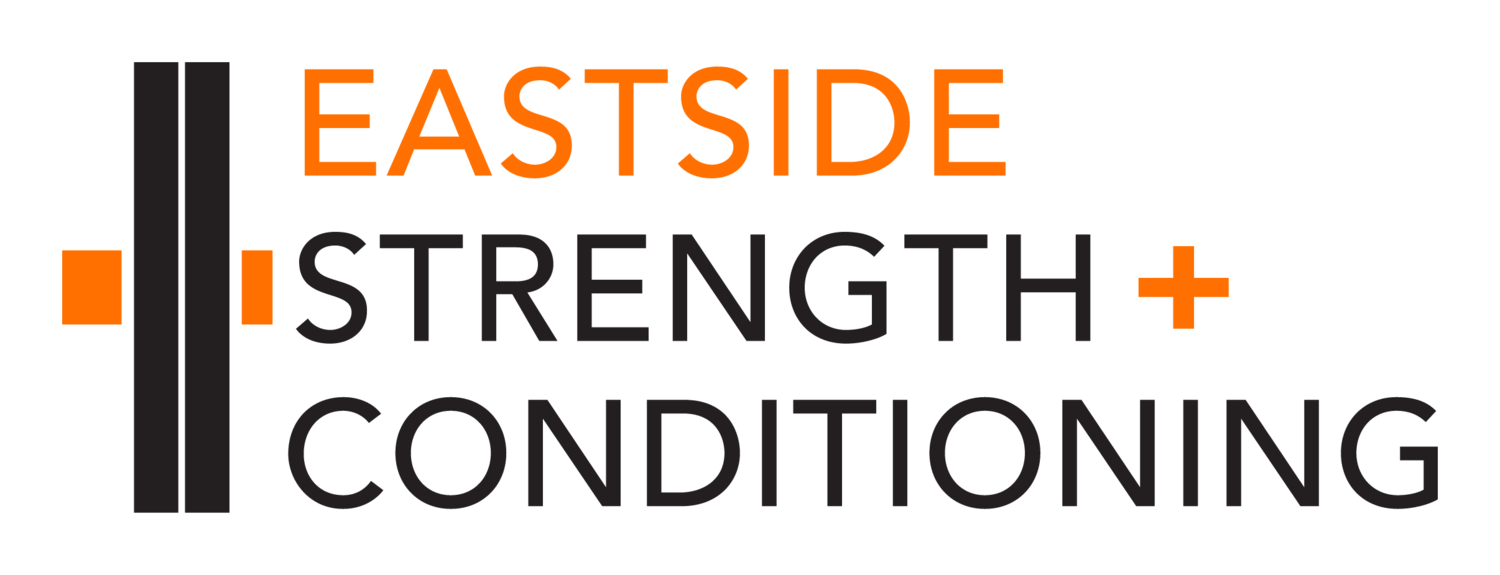Filtering by Category: Uncategorized
Flipper
Have you seen my lungs?
CrossFit Eastside closed Monday September 4th
Right side up?

What does it feel like to support your body weight overhead? How long can you hold it?
You may not be able to walk up to a rack and press a bodyweight barbell over your head. (It is said that only one in 150,000 individuals are capable of this feat.) But you may be able to kick yourself up against the wall into a handstand and hold for time (assuming you know the fundamentals of taking load overhead: active shoulders, fully extended arms, tight midsection).
Static holds build strength. This is true in weight training and in gymnastics. In weight training we work against external objects. In gymnastics, we work against our own mass.
Full-range strength movement is developed incrementally and from eccentric to concentric. The first step is developing the ability to support, or hold, one’s own mass. Once confident, and somewhat controlled, in a support position, you can progress toward the negative (eccentric or “lowering”) phase of the movement (like a handstand push-up, for example). You slowly fail, literally falling through the motion, until eventually you can start to control the rate of descent. With continued exposure to this sort of intentional “failure,” you will develop control and comfort and eventually be able to stop on a dime, mid-movement. From that kind of control, it’s a relatively short step to mastery of the full concentric (or “raising”) phase.
Mad dash
Pressing a load overhead
 The need to press loads overhead has been around since the dawn of mankind. We have lifted stones, logs, and each other for purposes of survival and function. It is essential to human movement and fundamental to
The need to press loads overhead has been around since the dawn of mankind. We have lifted stones, logs, and each other for purposes of survival and function. It is essential to human movement and fundamental to  increased independence and enjoyment of life.
increased independence and enjoyment of life.
Everyone should learn to press correctly.
We start athletes out with foundational movements of the press: learning what an active shoulder looks and feels like; what full-extension, hands-behind-ears overhead means; feeling the lift of shoulders skyward, nearly bringing them into the ears.
The first step toward proficiency in the pressing movement is simply to press the hands overhead, actively reaching for the ceiling with the hands and the shoulders. Then perform the same action with a dowel and slowly increment the weight to an unloaded bar and eventually add weight. Nailing the fundamentals is critical to future success and growth in this movement.
on the left above. Imagine that 100-pound bag of sand being a box that goes on a shelf, or just about anything that needs to be "put away."



Downfall
 Smith Rock - Oregon
Smith Rock - Oregon





